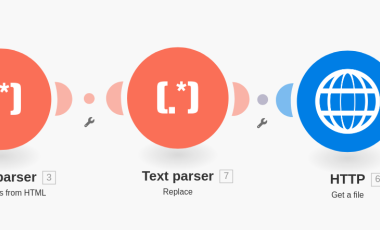Information architecture: why is it important and what are the best practices that need to be followed?
Information architecture (IA) refers to the practice of categorizing, organizing, and labelling websites to enhance usability and findability. It simply means a logical structuring of content and information that creates sense for the audiences. The labelling should be clear, concise, and suitably descriptive. Finally, the goal is to create usable and easily findable content structures from complicated sets of information.
Importance of Information architecture
Information architecture is an essential component of user experience (UX) design and fundamentally works on two UX principles - Usability and Findability. It is quite obvious that well-structured content is easier to find and share. Hence, what we require is good information architecture in order to have a good UX. So, information architecture is one of the best ways to articulate the objectives of your organization on the website.
Best practices to be followed in Information architecture
Listed below are some of the best practices that need to be followed in Information architecture when designing a website:
Design your site based on the preferences of the user: While designing the website, always remember that visitors need not have the same preferences as you. Think about your target audiences and what they really need from the site.
Understand your target audiences: Do not categorize and label content based on your departmental structure and terminology. Audiences will have their own expectations due to the restricted exposure to the internal organization.
Consistency: As users expect consistency, choose a specific pattern and stick to it. Remember that inconsistencies create a lot of confusion for users. Consistency makes it really easy to use websites.
Simple Navigation: Navigation needs to be simple, clear, and legible. Good navigation design should ensure consistency and always deliver on its promise.
Metadata: Information overload is a crucial problem that we encounter daily. Metadata provides context to your content. Quality metadata is significant for both search and navigation. Quality metadata drastically improves the chance of users finding the content they require.
Rapid Classification Design: Users always tend to develop a mental map of websites. So, to keep up with their expectations, taxonomy design should be given due prominence. The various sections in the website should be organized.
Create a familiar architecture: Designers should focus on creating a familiar architecture for their website. The point is that users should come to your site to buy products, to gather information, to contact or support you. They should not have a tough time navigating around it. The Information architect should create a design that appears familiar, thus enabling people to quickly perform the tasks they need to do.



